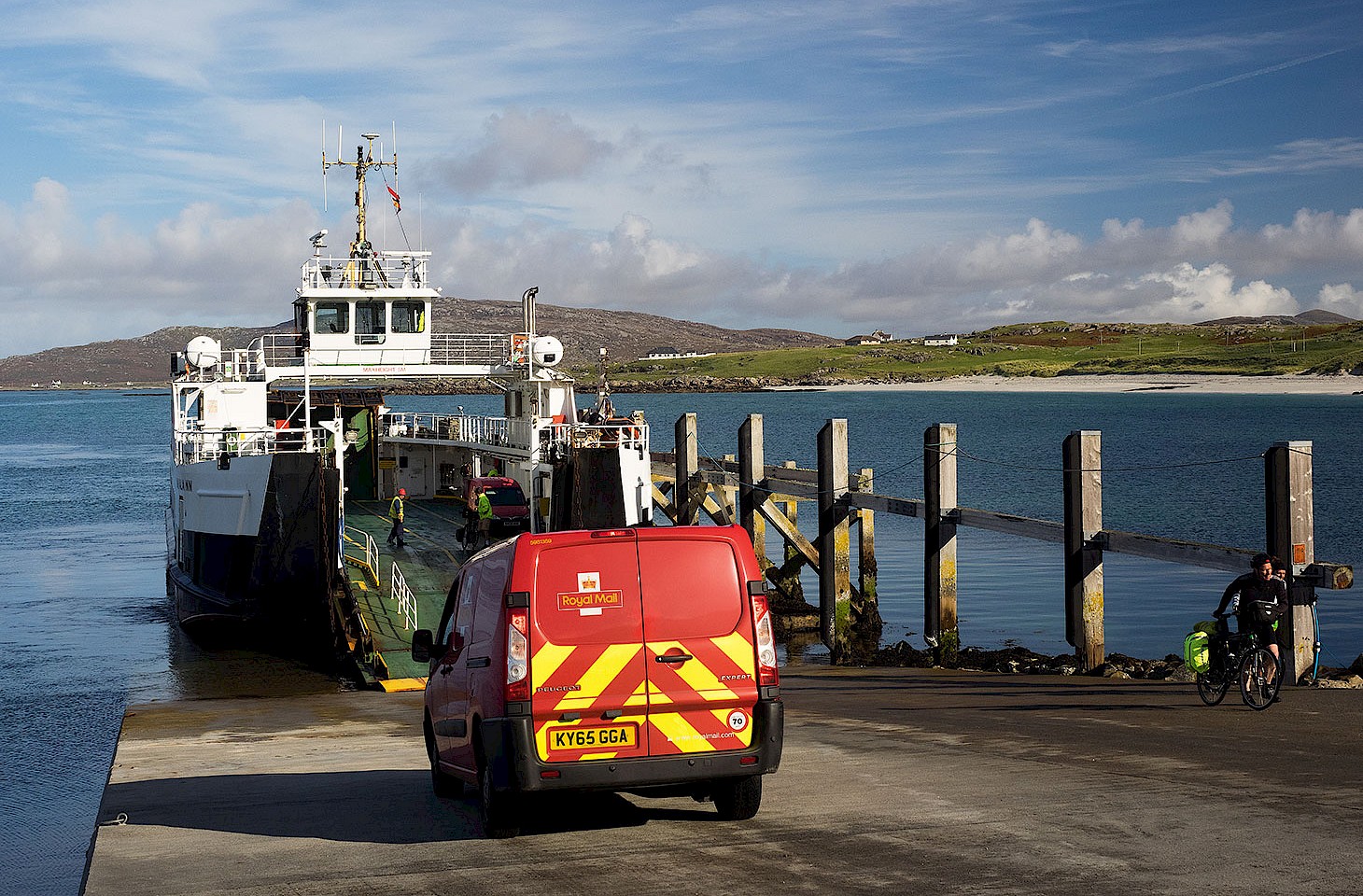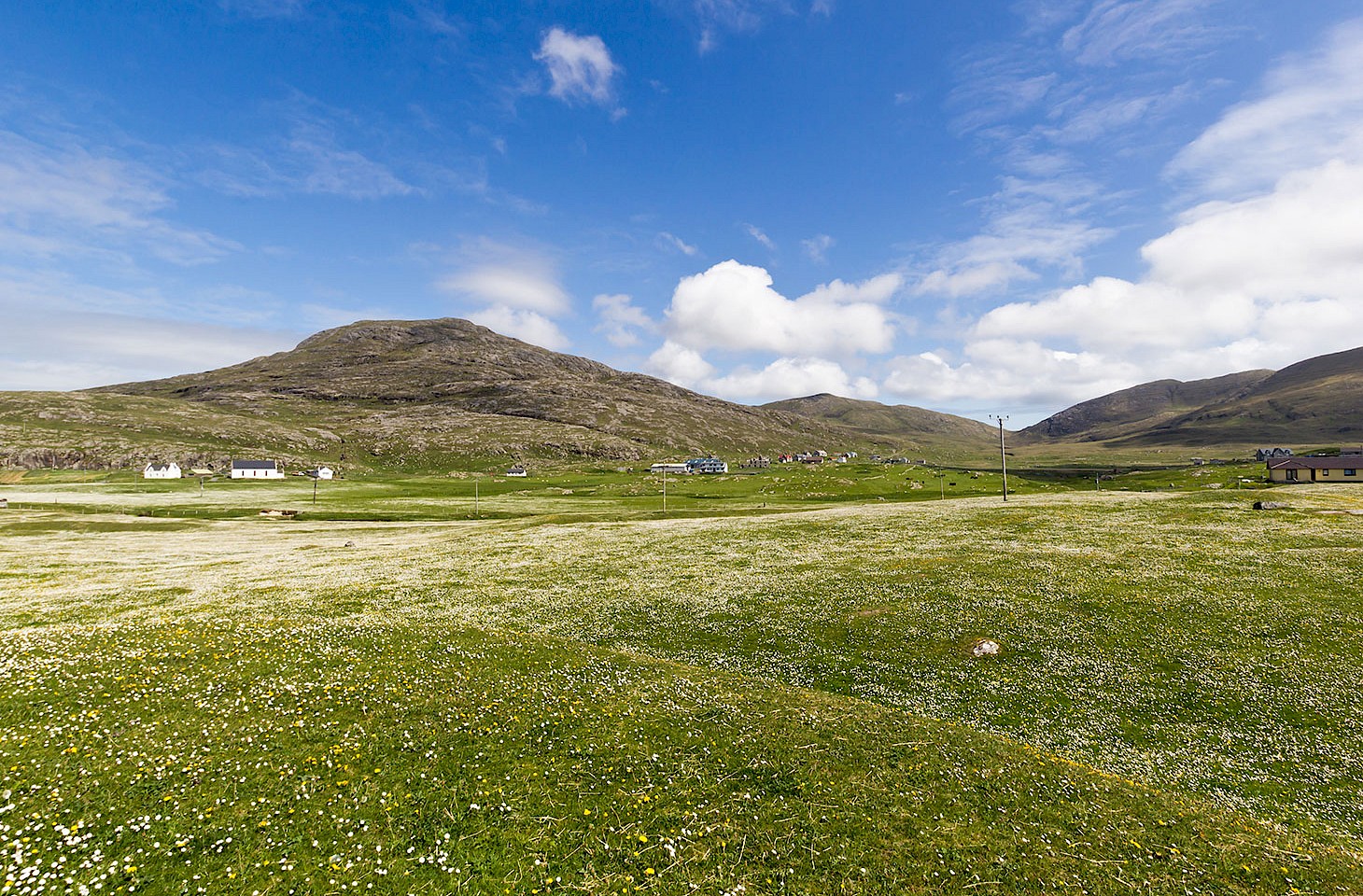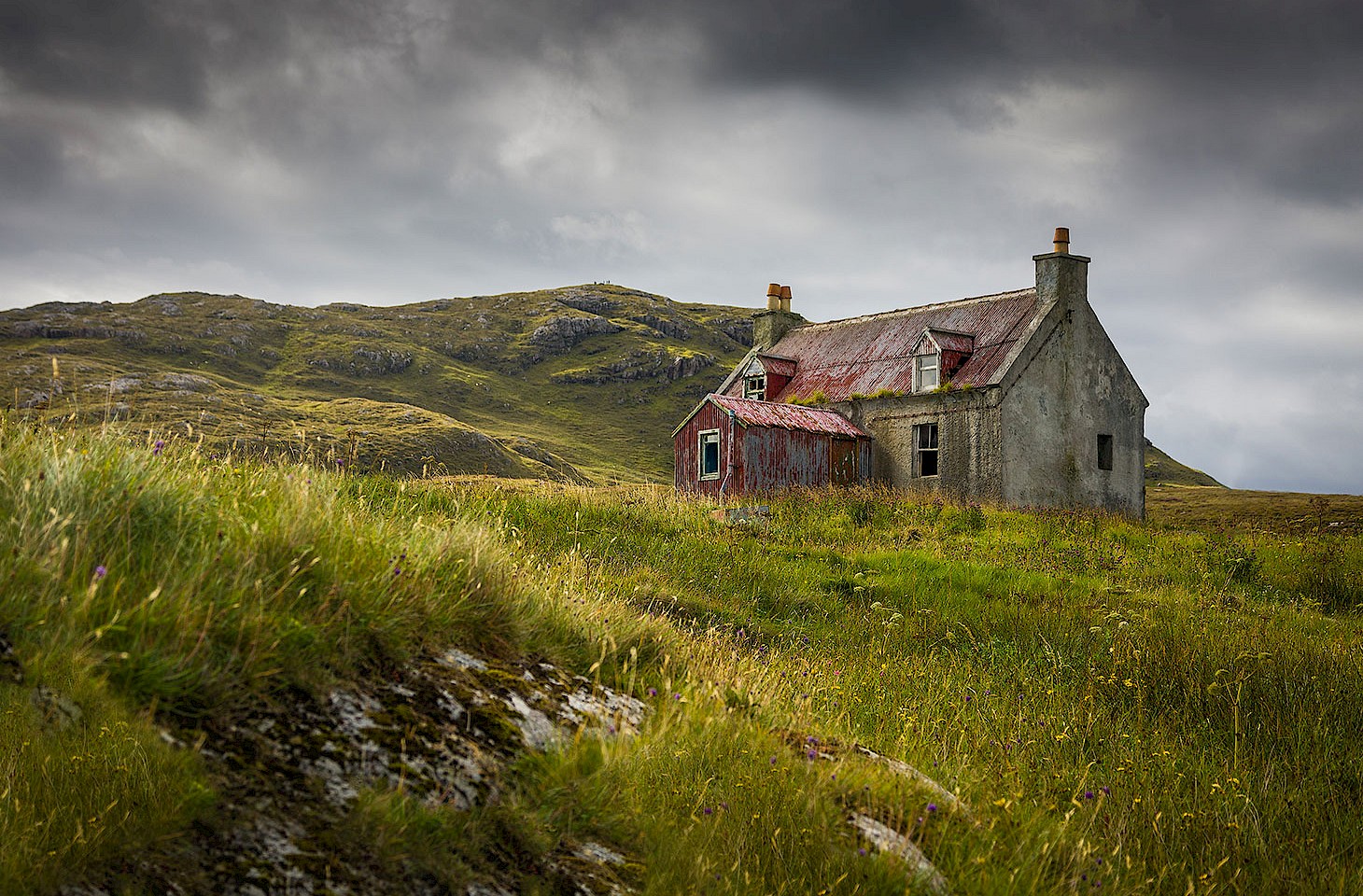Dear fellow travellers
Over the recent holidays, a friend and fellow-traveller popped the 'church question'. Is it okay to slip into Mass or Evensong to enjoy the splendours of Venice's Basilica di San Marco or York's magnificent Minster when the principal intent is not worship but a wish to see the buildings' interiors? Or should the visitor more properly attend at times designated for tourists, queue as necessary and pay an admission fee if requested?
Cast back to the mid nineteenth-century and English visitors to Paris rated Sunday Mass at Notre Dame as a prime attraction. It was a Paris 'must-do' that outranked the Louvre. Such attentiveness to Mass was not borne of any devotion to Catholicism. On the contrary, Catholic Mass was judged as curiously old-fashioned, but a dose of incense and an hour of muttered Latin helped reaffirm Anglicans' innate sense of superiority. The English, we should remember, had a knack of trying to get under the skin of continental communities, and standard Parisian itineraries often included the city morgue and the lunatic asylum. For a fee (four pounds, quite a tidy sum in those days), it was even possible to view the official guillotine.
English reasoning on the church question was clear. You did not need be to dead to get into the morgue; you did not need to be mad to visit the asylum, so you certainly did not need to be Catholic to go to Mass. And the English did have a knack of blending in. Not always, of course. There was a time when Brits were briefly banned from attending papal audiences at the Vatican, a sanction imposed on account of particularly boorish behaviour by one British visitor.
In the mid-nineteenth century, the occasional English or Scottish visitor to Rome would reprimand devout locals praying the rosary, berating them for their backward ways and counselling a more enlightened approach to matters of faith. As the advice was probably offered only in English, it is unlikely that recitation of the rosary became any less popular. When Menton became fashionable with the English (mainly those with bad lungs) in the 1860s, some early visitors to the Riviera resort took a supply of English bibles to distribute, possibly oblivious to the fact that the locals spoke French or Italian (or perhaps really convinced that English was the proper language of prayer).
Of course, we like to think that we explore Europe today with more sensitive attitudes than those which often prevailed as the English criss-crossed Europe in the decades after the Napoleonic Wars. The Victorian poet Elizabeth Barrett Browning thought it was funny when her dog took an untimely pee at the altar of a church in Florence. Most of us today would surely recoil in horror at being associated with such gauche infelicity.
Or would we? There are still tourists who haunt the aisles of European cathedrals during the most sacred moments of the Mass. So determined are they to see this or that fresco that they will walk boldly through the nave, oblivious to the holy cry of the Sanctus or the humble chant of the Agnus Dei.
But, approached with the right spirit of reverence, the very best way to see a great church or cathedral is surely during a religious service. Be it Evensong at Westminster Abbey, Great Vespers at St Basil's in Moscow or Holy Mass at Cologne Cathedral. Be patient, be quiet. Watch, listen and wait. For the moment will come when, after the final blessing, as the echoes of the last chant fade, the faithful retire. They will have had their encounter with grace and will head back to their everyday lives. You will suddenly have the church almost entirely to yourself. It is far better than shuffling through in a long line of camera-toting tourists.
Nicky Gardner and Susanne Kries
(editors, hidden europe magazine)




